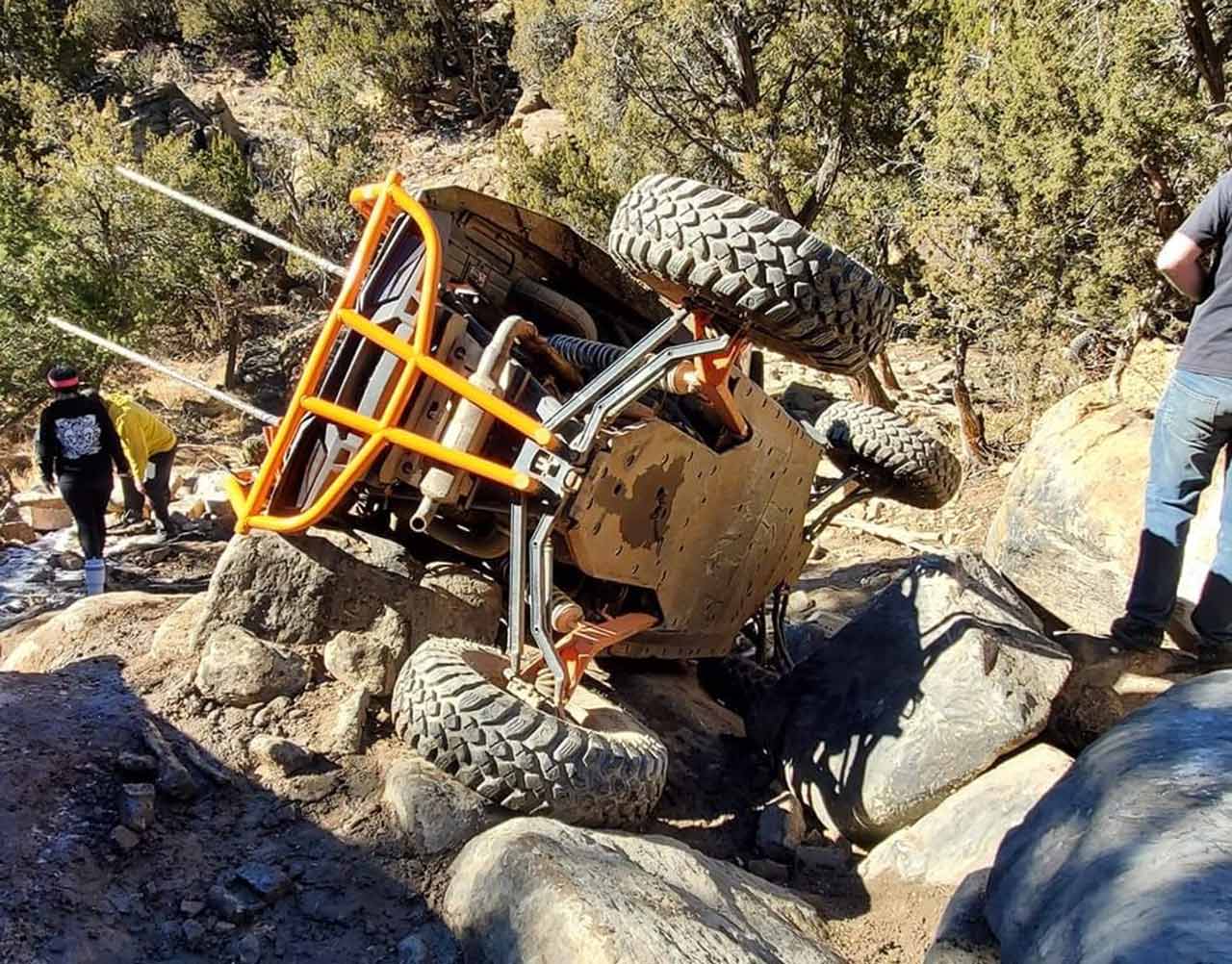UTV enthusiasts often encounter the frustrating challenge of a near-stall while riding. Whether you’re a beginner or an experienced rider, understanding how to recover swiftly can enhance your safety, maintain the fun, and prevent mechanical issues. Let’s dive into actionable strategies for tackling this common issue and ensuring you’re always ready for the trail.

Understanding UTV Stall Recovery: What You Need to Know
Recovering from a near-stall is a vital skill for UTV owners. Stalls can occur when the engine momentarily loses power due to improper gear selection, sudden braking, or a lack of throttle. While they are common, especially for beginners, they can disrupt your ride and even pose safety risks if not handled promptly.
Common Causes of Near-Stalls
- Improper Gear Selection – Choosing the wrong gear for the terrain or incline can overload the engine, leading to a stall.
- Abrupt Throttle Reduction – Suddenly letting off the throttle, especially in low gear, can cause the engine to lose momentum.
- Delayed Reaction to Obstacles – Hesitating or braking suddenly when navigating obstacles can disrupt engine performance.
Learn UTV riding techniques and improve your skills.
Key Techniques for Quick UTV Stall Recovery
- Stay Calm and Assess – If your UTV begins to stall, avoid panic. Gently bring the vehicle to a stop and assess the situation.
- Shift to Neutral – Place the vehicle in neutral to reduce stress on the drivetrain before restarting the engine.
- Restart with Steady Throttle – Restart the engine and apply steady throttle to regain power. Avoid revving excessively, as this can strain the engine.
- Select the Appropriate Gear – Shift into the correct gear for the terrain and ensure it matches your speed to prevent another stall.
Explore UTV gear and riding accessories to enhance your experience.
Putting it into Practice: Steps for UTV Stall Recovery
- Recognize the Warning Signs – Pay attention to engine sounds and performance to catch a potential stall early.
- Stop Safely – If a stall occurs, bring your UTV to a safe position away from obstacles or traffic.
- Restart and Regain Control – Use the techniques outlined above to restart the engine and regain control.
- Practice in a Safe Area – Dedicate time to practicing stall recovery techniques in an open, low-risk environment to build confidence.
Read more about riding tips and techniques on our blog.
Best Practices for Preventing Stalls
- Maintain Your UTV: Regular maintenance prevents engine issues that could contribute to stalls.
- Master Throttle Control: Smooth and consistent throttle application helps maintain momentum.
- Understand Terrain Challenges: Familiarize yourself with how your UTV reacts to different surfaces.
Seeking Further Improvement and Expert Guidance
If you find that stalls are frequent or difficult to recover from, consider professional training to enhance your skills. Enroll in a riding course or seek expert guidance.
Remember, practice is key to mastering these techniques. Consistent effort will not only help you recover from stalls but also boost your overall confidence and enjoyment on the trails.
Main Points to Remember
- Understanding the causes of near-stalls can help you react quickly and effectively.
- Practicing stall recovery techniques ensures safety and smooth rides.
- Regular maintenance and professional guidance can further improve your UTV experience.
With these tips, you’ll be better prepared to tackle the trails with confidence, ensuring that minor setbacks like near-stalls won’t slow you down. Happy riding!
